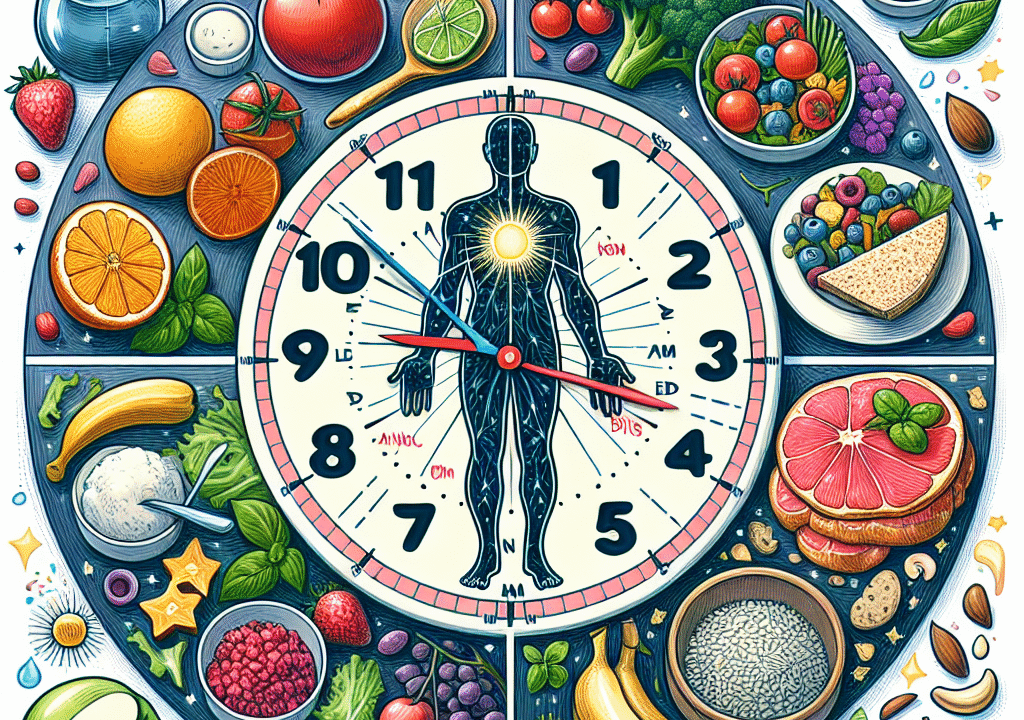
Achieve Diet Success Through Habit Stacking Backed by Behavioral Science
Most people begin their journey toward healthier eating with ambitious goals—reducing sugar, increasing vegetables, or drinking more water. But as life gets busy, motivation fades, and old habits return. That’s where the power of habit stacking for healthy eating habits comes in.
By using behavioral science, you can link better food choices to your existing routines—making your new habits more consistent and easier to maintain. In this article, you’ll learn how habit stacking works, why it’s backed by science, and examples you can start using today.
What Is Habit Stacking and Why Does It Work?
Habit stacking is a strategy that adds new habits to ones you already perform daily. Rather than relying on motivation alone, you connect a positive action to an existing behavior—such as brushing your teeth or making your morning coffee.
As behavior scientist BJ Fogg describes in his book Tiny Habits, “You anchor a new habit to an existing behavior, making it easier for your brain to adopt.” This method takes advantage of cue-based behavior, where one consistent action becomes the trigger for the next.
James Clear, author of Atomic Habits, reinforces this by stating, “You don’t rise to the level of your goals. You fall to the level of your systems.” With habit stacking for sustainable dietary change, you create automatic systems that support long-term health goals.
For example, you might say:
“After I pour my coffee, I’ll eat a handful of almonds.”
Linking these behaviors reinforces healthy nutrition without having to think twice.
Why Most Diets Fail—and How Habit Stacking Fixes That
One reason traditional diets fail is inconsistency, not lack of information. In fact, studies show that up to 95% of dieters regain lost weight within one to five years (National Library of Medicine, 2020). This happens because willpower and motivation are not reliable tools.
That’s where habit stacking to improve your nutrition routine proves powerful—it replaces willpower with a repeatable process. Here’s how to create your own stack in four simple steps.
Step 1: Identify Your Anchor Habits
Start by listing activities you already do every day without thinking. These established routines serve as anchors for your new healthy habits. Examples include:
– Waking up to an alarm
– Brushing your teeth
– Starting your laptop
– Washing the dishes
Each of these becomes a reliable trigger for a new action.
Step 2: Choose Small, Impactful Actions
The best habits start small. Choose actions that are easy to complete but move you toward your health goals. Examples include:
– Drinking a glass of water
– Putting out a bowl of fruit
– Packing a protein bar in your bag
According to Fogg’s research, small actions are 80% more likely to become lasting habits (Tiny Habits, 2019).
Step 3: Follow a Simple Habit Formula
Use this format:
“After [current habit], I will [new healthy habit].”
Effective examples of stacked habits for better nutrition include:
– After I shut down my computer, I’ll prep tomorrow’s salad.
– After I brush my teeth, I’ll take my daily multivitamin.
– After I start my coffee, I’ll drink 8 ounces of water.
If you need help choosing the right supplements, explore this guide to vitamins at edrugstore.com.
Step 4: Celebrate Small Wins
As soon as you complete a new habit, take a moment to acknowledge it. Smile, stretch, say “Nice work,” or even do a fist pump. According to BJ Fogg, celebration reinforces the habit in your brain and helps it stick.
Smart Habit Stacking Ideas for Healthy Eating
Here are easy ways to stack nutrition-based habits throughout your day. These examples make the process automatic and sustainable.
Morning Routine Stacks
– After brushing your teeth → Drink a glass of lemon water
– After setting the coffee to brew → Eat a protein-rich breakfast such as Greek yogurt and fruit
Workday Routine Stacks
– After opening your laptop → Place a bowl of almonds or carrot sticks nearby
– After attending a virtual meeting → Refill your water bottle and take a quick stretch
Evening Routine Stacks
– After washing the dishes → Prepare overnight oats with fruit for tomorrow
– After setting your alarm → Set a bottle of water and a granola bar on your nightstand
Bonus Habit Stack
– After ordering takeout, add a side of steamed vegetables to your order. This simple upgrade boosts fiber and nutrient intake with little effort.
These habit stacking strategies for better food decisions may be small, but their consistency builds major progress over time. As Clear wisely puts it, “Success is the product of daily habits—not once-in-a-lifetime transformations.”
Why This Strategy Works According to Science
Habit stacking taps into the brain’s basal ganglia—an area responsible for storing habitual behaviors. Once a habit is formed, the brain performs it with minimal effort, allowing you to create healthy eating routines that take less willpower and planning.
Dana Small, a Yale professor of psychiatry, explains: “Our brain is designed to detect and repeat rewarding patterns. When healthy eating becomes the reward, it becomes the brain’s new default.”
One widely-cited study from the European Journal of Social Psychology found that forming a new habit takes about 66 days. But by connecting it to an existing routine, the process becomes faster and more intuitive.
Progress Over Perfection: Why Habit Stacking Is Flexible
One of the best things about habit stacking for long-term eating success is its flexibility. Unlike rigid diet plans, you’re not derailed if you miss a day. Instead, the goal is repeated practice—not perfection.
Imagine each small action as a domino. Push the first one—like drinking water in the morning—and watch others fall into place. The momentum builds confidence, which leads to lasting change. These small eating habits for big dietary changes create results that last.
Final Thoughts: Let Your Habits Do the Work
Improving your diet doesn’t have to involve overwhelming changes. Habit stacking gives you a proven and simple framework to build sustainable healthy-eating routines using behaviors you already do every day.
Start small. Try this today:
“After I check the weather, I’ll pack a healthy fruit snack for the day.”
Notice the win. Celebrate it. Then build on it.
Over time, your habits will carry the load—and transform your health, one small step at a time.
Ready to Build Better Habits?
What habit stack will you try first? Share your favorite below and let’s create stronger routines together.
References
– Fogg, B. J. (2019). Tiny Habits: The Small Changes That Change Everything. Houghton Mifflin Harcourt.
– Clear, J. (2018). Atomic Habits: An Easy & Proven Way to Build Good Habits & Break Bad Ones. Avery.
– Lally, P., van Jaarsveld, C. H. M., Potts, H. W. W., & Wardle, J. (2010). How are habits formed? Modeling habit formation in the real world. European Journal of Social Psychology, 40(6), 998–1009.
– National Library of Medicine. (2020). Long-term weight loss maintenance. https://www.ncbi.nlm.nih.gov/pmc/articles/PMC5764193/
– Small, D. M. (2021). Yale Neuroscience & Obesity Program.
Need support with supplements? Learn more at edrugstore.com.


